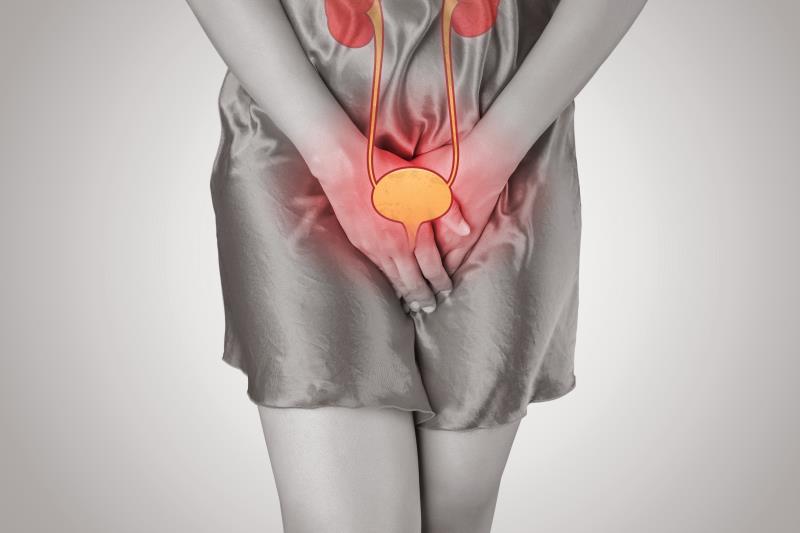
A combination therapy of enfortumab vedotin and pembrolizumab shows promising activity, with rapid and durable responses in the first-line setting for patients with metastatic urothelial carcinoma (mUC) ineligible to receive cisplatin, according to updates from the EV-103* study presented at GUCS 2020.
“Patients with locally advanced or mUC who are ineligible for cisplatin-based therapies still represent a high unmet need,” said Dr Jonathan Rosenberg of Memorial Sloan Kettering Cancer Center in New York, New York, US.
For these patients, carboplatin-based regimens are used in the first-line setting but have been associated with poor outcomes, Rosenberg pointed out. Therefore, the combination therapy could present a potential platinum-free approach in this patient population.
During a median follow-up of 11.5 months, 93 percent of the patients treated with enfortumab vedotin + pembrolizumab saw reduction in their tumour size. The objective response rate (ORR) was 73.3 percent, of which 15.6 percent were complete response and 57.8 percent were partial response. [GUCS 2020, abstract 441]
Of note, responses were observed regardless of PD-L1 expression level, reported Rosenberg. Among the patients with available PD-L1 status, ORR was 78.6 percent for those with high PD-L1 expression and 63.2 percent for low-PD-L1 levels.
Moreover, responses were rapid, with 88 percent of the responses seen by the first imaging assessment time point of 9 weeks, and a median time to response of 2 months.
The responses were also durable. Among the 33 responders, 18 (55 percent) showed ongoing responses, including 11 responses which went on beyond 10 months. The median duration of response (DOR) has yet to be reached, and the DOR rate as of 12 months was 53.7 percent.
Similarly, median overall survival was not yet reached as of data cutoff in October 2019. “At the 1 year landmark, 81.6 percent of the patients were [still] alive,” noted Rosenberg.
A median progression-free survival of 12.3 months was observed, which according to Rosenberg, was considered rather long for this patient population.
The regimen showed a stable safety profile over time, with no new safety signals from the combination therapy, noted Rosenberg. Immune-mediated adverse events (AEs) were consistent with those known for pembrolizumab monotherapy, occurring in 45 patients, of which eight (18 percent) were of grade ≥3 and required systemic steroids. The rates of peripheral neuropathy, rash, and hyperglycaemia were similar to those observe with enfortumab vedotin monotherapy.
“One interesting toxicity that was reported was elevated lipase. Though, none of these were associated with any clinical pancreatitis. The most common reason for people discontinuing treatment was peripheral sensory neuropathy,” said Rosenberg.
The multicohort study involved 45 patients with locally advanced or mUC (median age 69 years, 80 percent male) who were ineligible for cisplatin-based treatment. They were treated first-line with enfortumab vedotin 1.25 mg/kg plus pembrolizumab, based on a 3-weekly treatment cycle — whereby patients received pembrolizumab on day 1 and enfortumab vedotin on days 1 and 8.
“Based on these results, further investigation of the combination therapy as a platinum-free option is warranted in patients with untreated locally advanced or mUC,” said Rosenberg.
“A pivotal phase III study, EV-302, will [start soon], which will evaluate enfortumab vedotin plus pembrolizumab in combination either with or without chemotherapy versus standard chemotherapy in patients in this setting,” he added.